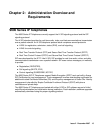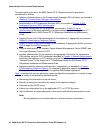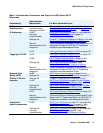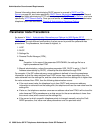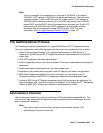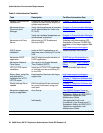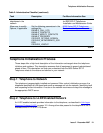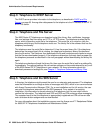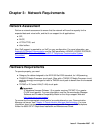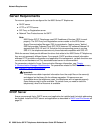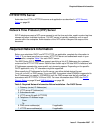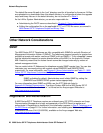
Telephone Initialization Process
Issue 2 December 2007 21
Telephone Initialization Process
These steps offer a high-level description of the information exchanged when the telephone
initializes and registers. This description assumes that all equipment is properly administered
ahead of time. This description can help you understand how the 9600 Series SIP IP
Telephones relate to the routers and servers in your network.
Step 1: Telephone to Network
The telephone is appropriately installed and powered. After a short initialization process, the
telephone identifies the LAN speed and sends a message out into the network, identifying itself
and requesting further information. A router on the network receives and relays this message to
the appropriate DHCP server.
Step 2: Telephone to LLDP-Enabled Network
An LLDP-enabled network provides information to the telephone, as described in Link Layer
Discovery Protocol (LLDP) on page 101. Among other data passed to the telephone is the IP
Address of the HTTP or HTTPS server.
Installation of
telephones in the
network
Avaya one-X™ Deskphone Edition
for 9600 SIP IP Telephones
Installation and Maintenance Guide.
Allow user to modify
Options, if applicable
Set the following parameters in the
settings file:
ENABLE_CALL_LOG
ENABLE_CONTACTS
ENABLE_MODIFY_CONTACTS
ENABLE_PRESENCE
PROVIDE_OPTIONS_SCREEN
PROVIDE_NETWORKINFO_SCR
EEN
PROVIDE_LOGOUT
9600 Series SIP IP Telephones
Customizeable System Parameters.
Table 2: Administrative Checklist (continued)
Task Description For More Information See:
2 of 2





